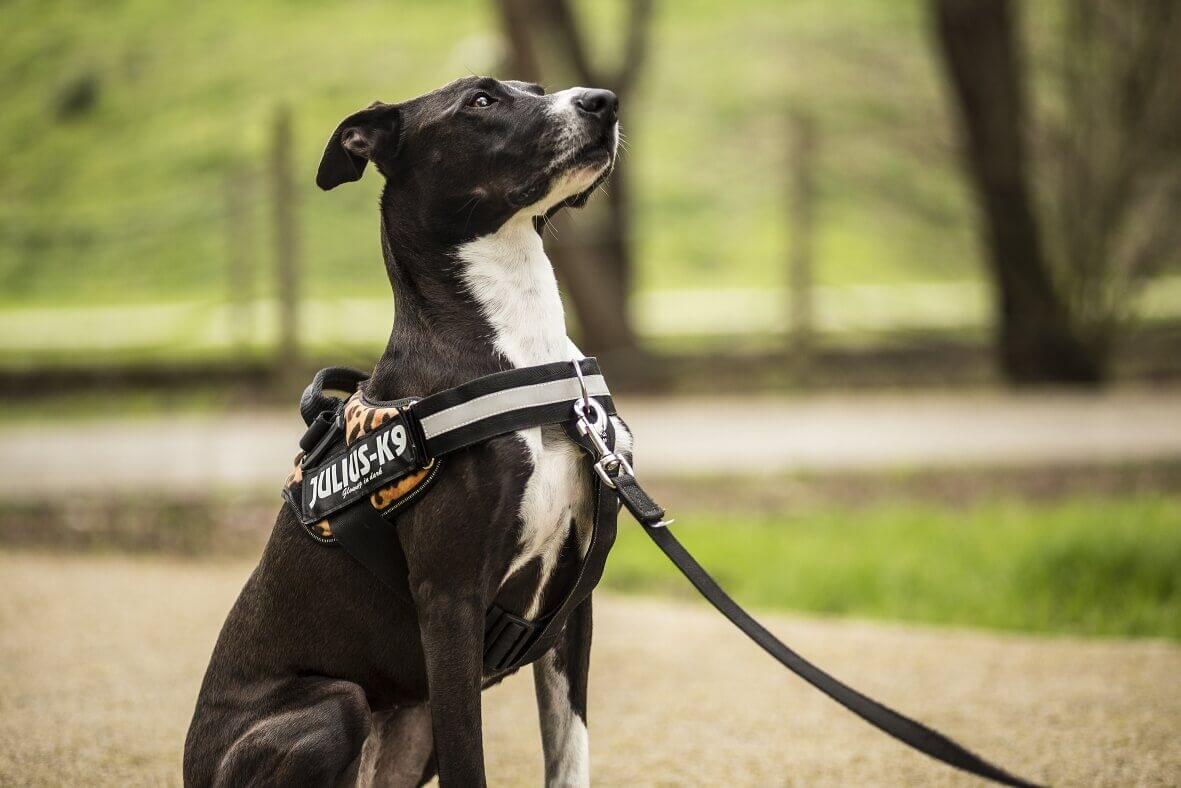
Understanding the Anatomy of a Collar for Pet Health
Share
As a health-conscious pet owner, one of your primary concerns is ensuring the well-being and comfort of your furry friend. When it comes to choosing the right collar, understanding its anatomy can make a significant difference in your pet's safety and health. Collars are not just fashion accessories; they play a crucial role in identification, training, and even in preventing injuries. By understanding the anatomy of a collar, you can make informed choices that enhance your pet's quality of life.

Why Collar Anatomy Matters
Before diving into the specifics, it's essential to recognize why understanding a collar's anatomy is vital. A well-designed collar can prevent common issues such as skin irritation, choking, and even injury. Moreover, the right collar ensures that your pet remains comfortable and secure, whether you're at home or out on a walk. For an in-depth understanding of the potential risks associated with collars, you might find this PetMD article insightful.
Main Components of a Collar
1. The Band
The band is the most visible part of a collar and comes in various materials such as nylon, leather, or fabric. Each material has its pros and cons. Nylon is durable and water-resistant, making it suitable for outdoor activities. Leather, on the other hand, offers a classic look and becomes more comfortable over time. When choosing a collar, consider your pet's lifestyle and any allergies they might have. For more tips on choosing the right material, check out this guide.
2. The Buckle
The buckle is crucial for securing the collar around your pet's neck. There are various types of buckles, including side-release buckles, which are easy to open and close, and traditional belt-style buckles, which offer adjustable sizing. Consider your pet's size and strength when choosing a buckle type. A secure buckle is essential to prevent escape and ensure safety.
3. The D-Ring
The D-ring is where you attach the leash or ID tags. It's vital that this component is sturdy and well-constructed, as it bears the tension of the leash. Ensure the D-ring is made from high-quality metal to prevent breakage. Some collars offer dual D-rings for added security, which can be especially beneficial for larger dogs. For more on leash training, see this article.
Special Features in Modern Collars
1. Breakaway Collars
Breakaway collars are designed to release under pressure, reducing the risk of strangulation. These are particularly useful for pets who spend a lot of time outdoors or in areas where they might get caught. However, they might not be suitable for leash walks, so it's crucial to understand the appropriate use of each collar type.
2. Reflective and LED Collars
For nighttime safety, reflective or LED collars can make your pet visible in low-light conditions. These features are particularly beneficial for evening walks, ensuring that your pet is seen by drivers and other pedestrians.
Common Mistakes to Avoid
Even with the best intentions, pet owners can make mistakes when it comes to collars. One common error is using a collar that's too tight, which can cause discomfort and skin damage. Conversely, a collar that's too loose can slip off or become a hazard. Regularly check and adjust your pet's collar to ensure a proper fit. For more common mistakes, visit this resource.
Maintaining Your Pet's Collar
To ensure longevity and hygiene, it's essential to regularly clean your pet's collar. Depending on the material, you might need to hand wash or machine wash it. Regular cleaning prevents odors and the buildup of bacteria, contributing to your pet's overall health. For a step-by-step guide on maintaining collars, you can explore this post.

Frequently Asked Questions
How tight should a dog's collar be?
A dog's collar should be snug enough to fit two fingers comfortably between the collar and the dog's neck. This ensures that it's secure but not too tight to cause discomfort.
How often should I replace my pet's collar?
Regularly check your pet's collar for wear and tear. Generally, replacing it every six to twelve months, or sooner if it shows signs of damage, is advisable.
Are there collars designed for specific breeds?
Yes, some collars are designed for specific breeds, taking into account their size, strength, and fur type. Researching breed-specific needs can help you choose the best option for your pet.
Understanding the anatomy of a collar can significantly impact your pet's health and happiness. By considering the unique needs of your pet and choosing a collar that aligns with those needs, you can ensure a safer and more comfortable experience for both you and your furry companion.
This article contains affiliate links. We may earn a commission at no extra cost to you.
